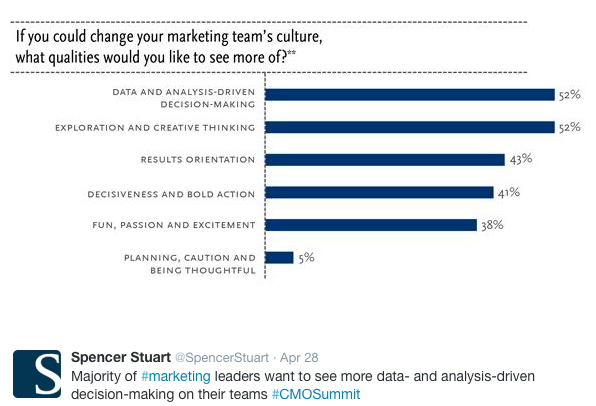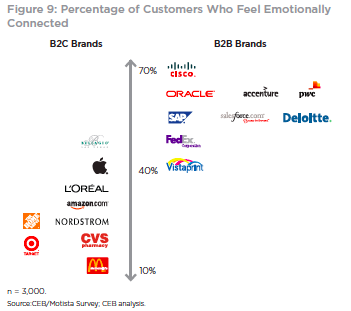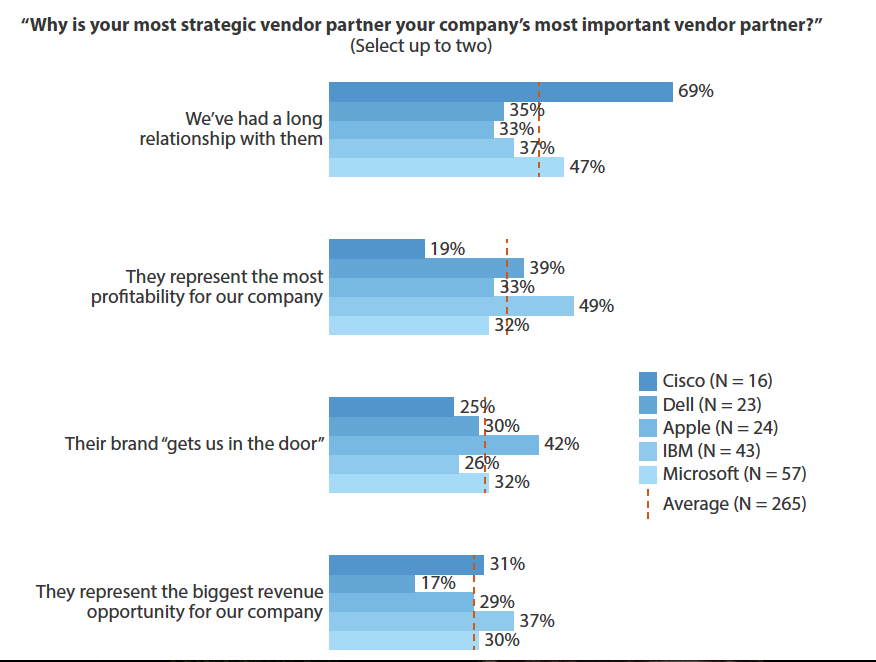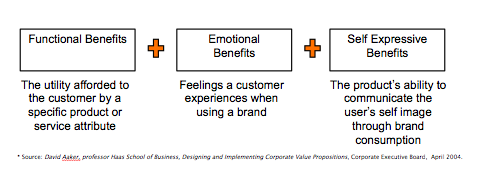A few weeks ago, I participated in an interview with CEB‘s new Marketing Solutions group. The focus of the article, as they described it, was to “understand what it takes to have a healthy client-agency relationship.”
The article was published in their July monthly newsletter to members. CEB was kind enough to allow me to share an excerpt of the article with my readers (see below).
We asked agency leaders from key partners in CEB’s recently launched Marketing Solutions* effort to answer the question “What key relationship-building steps do clients most often overlook?” Below you’ll find our curated list of top overlooked steps:
- Make Sure They “Get It”: No matter how well the agency knows your industry, there needs to be discipline on both sides, ensuring the agency invests time getting to know your business, customers, brand, and the expectations of key stakeholders.
- Keep the Creative Spark Alive: Saying “no” too many times or being too directive can kill a client/agency relationship. You’re looking for a fresh perspective, not a passive, tactical partner. Challenge your agency to do at least one wildly strategic or creative thing for you each year, something that might even make you a bit nervous.
- Be Constructive: Creative teams invest time in understanding a clients’ issues/objective and then brainstorm on possible solutions. Keep in mind that it’s not what you say, because agencies need your input, it’s how you say it. First be complimentary, what you like, and then give notes.
- Don’t Miss the Magic: Too often RFP’s are focused only on qualifications and price. The real magic in an agency relationship is how well you work together. Be mindful of the way your teams will work together—and bring out the best in each other—that will really make a difference.
- Understand Limitations: A good creative campaign can change perceptions about your brand, products, and even service capabilities. However, it is the burden of the organization to deliver on the “promise” being communicated. Be realistic of what your agency partners can and cannot solve for.
- Agency’s Ability to Help You Bust Internal Silos: Assess agency candidates for their understanding of key partner functions (like sales, service or operations) and their ability to help you bring those other partners into creating seamless customer experiences.
- Agency’s Ability to Disrupt Your Customers: Winning marketing efforts disrupt what customers think, believe, and assume about themselves (not about you). Bottom line: pressure test your agency’s empathy—the ability to go deep into how customers think about themselves and their own world.
Additionally. CEB is now providing execution support on B2B go-to-market messaging and content creation. They’ve partnered with select agencies, like gyro, to offer engagements that help create messaging and content that reflect the latest insights from CEB’s B2B buyer and best practice research If you’re interested in learning more, send me a note.

 and the involvement of other decision makers in the process, according to
and the involvement of other decision makers in the process, according to 







